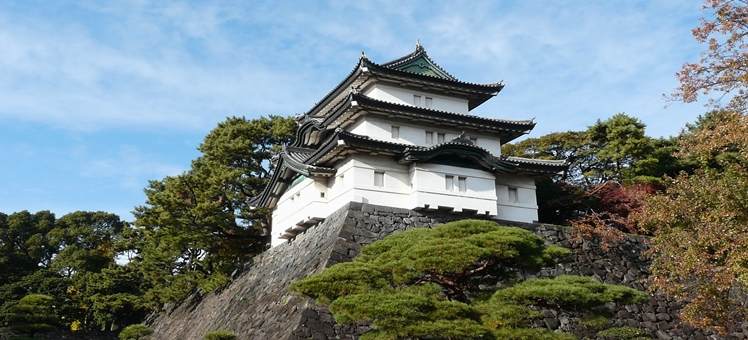
The Metropolitan area of Tokyo is a cultural hub bursting with historical traditions versus the relatively new cities’ buildings and huge shopping obsession. The city brings the modern architecture and fashion together seamlessly with the beauty of traditional Japanese arts and culture. The city also owes part of its attraction to the backdrop of Mount Fuji and the iconic cherry blossom trees.
National Noh TheaterIn the modern area of Shibuya, known for its youthful fashion and major nightlife, traditional Japanese dance and theater still thrives. If Noh is new to you, think wispy clouds, lanterns and Japanese trees forming the backdrop, mixed with actors in bright kimonos and traditional face painting, spread across a whole day’s performance. Noh shows are traditional plays based on classical historical Japanese drama, requiring skilful talent usually performed in the National Noh Theatre.
Tokyo Skytree
After the Great Kanto earthquake in 1923 and World War II bombings, Tokyo’s architecture was left non-existent meaning today’s skyline is extremely modern with very few old buildings. The Tokyo Skytree literally towers above the rest of the skyline and is the second tallest structure in the world. The multi-use building is a broadcasting center, restaurant and an observation deck, which is also colorfully lit up at night. Head up to the viewing deck for sprawling vistas of the rest of the city.
Mount Fuji
In the centre of Honshu is the highest mountain in Japan, Mount Fuji which forms a natural backdrop to the whole city. The snow-capped peak is an iconic symbol of Japan and Japanese art and it was recently awarded World Heritage Listing in June 2013. The dormant mountain is a must visit, especially if adventure sports such as mountain climbing, trekking or paragliding are your thing. Tours to climb the mountain include staying in a traditional Japanese ryokan with kaiseki food.
Shinjuku Gyoen
Surprisingly, Tokyo has some huge green areas within the city. Shinjuku Gyoen is made up of a lawned English garden, a symmetrical French garden and a traditional landscaped Japanese Garden. It previously belonged to the Imperial Family, but luckily it has been a public park since 1949. Today, it is home to over a dozen types of cherry trees, making it one of the paramount places to see the blossoms in spring, when locals flock to picnic under the blossoms. What’s more, Maple trees turn a kaleidoscope of gold’s, browns and oranges come autumn.
Utsukushi no Yu onsen
As one of the most volcanically active regions of the world, Tokyo greatly benefits from this and has many natural hot springs. Live like a local and indulge in geothermal goodness in the iron-rich waters, which are believed to improve circulation and relieve muscle pain and sore joints. Some onsens are large ‘theme park’ like areas with everything you could imagine, including all the tourists. One of the best is the Utsukushi no Yu, located in Takaido, where you can look out on to landscaped gardens whilst in the outdoor pools.
National Theater of Japan
Bunraku is the traditional puppet theater of Japan with serious drama performances based on myths and legends, taking a whole day to unfold. It is a puppet narrative drama with joruri (a form of Japanese narrative music) helping to move the story along. It is renowned for its unique form of puppet manipulation; three puppeteers bring each puppet to life and the puppeteers appear openly on the stage making it very different to other puppet theaters around the world.